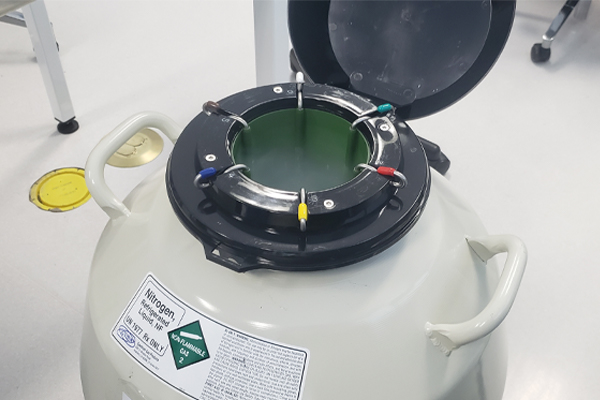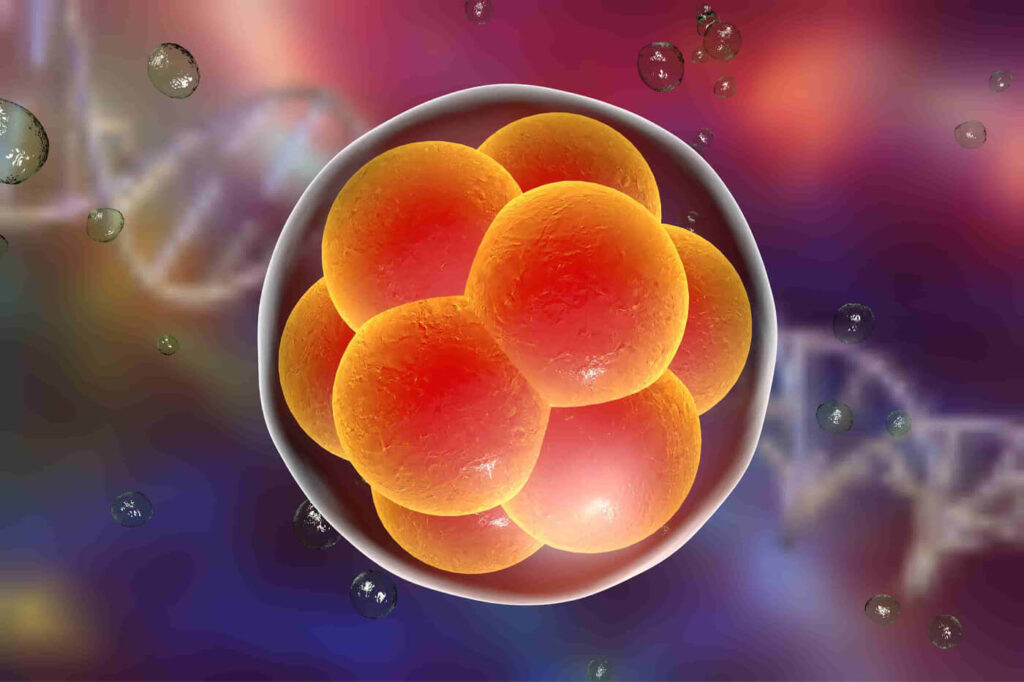Treatment Options
Embryo Transfers
What is Embryo Transferring?
Embryo transfer is a crucial step in assisted reproduction designed to delicately place an embryo into the uterus, fostering the conditions for successful implantation and the development of a healthy pregnancy. Depending on your individual requirements and preferences, there are two main approaches to embryo transfer:
Frozen Embryo Transfers
Frozen Embryo Transfer (FET) is the process of transferring embryos from a previously cryopreserved (frozen) state to the uterus of a patient. Embryos that were not transferred in a previous cycle may have been cryopreserved and stored for future cycles.
Patients that undergo FET are monitored through ultrasound and blood tests to determine the most opportune time to transfer the embryos for implantation. Patients may receive hormone medication to ensure a successful transfer. While FET cycles require less medication, minimal monitoring, and are much less expensive than a fresh cycle, they still provide high pregnancy rate.


Elective Single Embryo Transfer
Elective Single Embryo Transfer (eSET) is the procedure of transferring one embryo that is most likely to provide the best chance at a successful pregnancy as opposed to the traditional IVF transferring of multiple embryos. This procedure prevents the likelihood of patients giving birth to multiples.
To identify which embryos would provide the best chance at a successful live birth, our specialists will evaluate and grade based on appearance, the number and size of cells, the rate of development, and other factors. Pre-Implantation Genetic Testing may also identify a genetically normal embryo that will provide an ideal chance. Once selected, the best embryo will be transferred while the other embryos will be frozen for possible future use.
Transferring Embryos to the Uterus
This procedure is very similar to a pap smear, does not require any anesthesia, and is usually painless. On Day 3 or Day 5 of development, embryos are placed in a small amount of fluid inside the catheter, which is passed through the cervix at the time of a speculum examination. The embryos are placed in a manner so that they reach the top part of the uterus. The number of embryos transferred depends on individual circumstances of the couple, and this decision will be made collectively by you, your fertility doctor, and the embryologist. After the transfer, the patient may leave after a brief recovery period. A pregnancy test will be done twelve to fourteen days after the transfer for monitoring.

